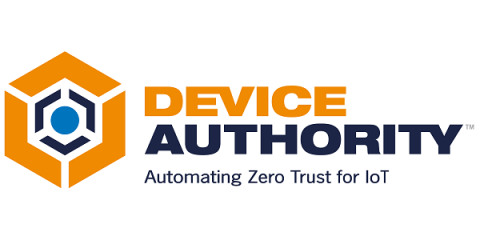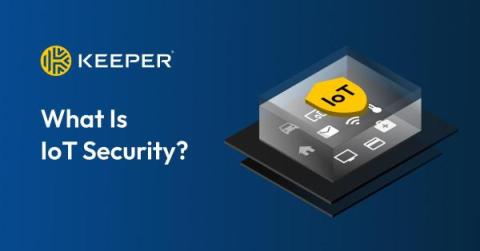Fortifying IoT Devices: Unraveling the Art of Securing Embedded Systems
Interconnected, data-enabled devices are more common now than ever before. By 2027, it is predicted that there will be more than 41 billion new IoT devices. The emergence of each new device offers a fresh vulnerability point for opportunistic bad actors. In 2022, there were over 112 million cyberattacks carried out on IoT devices worldwide. Without sufficient protection, attackers can exploit these weak points to gain access to sensitive data or restrict access to internet networks.









